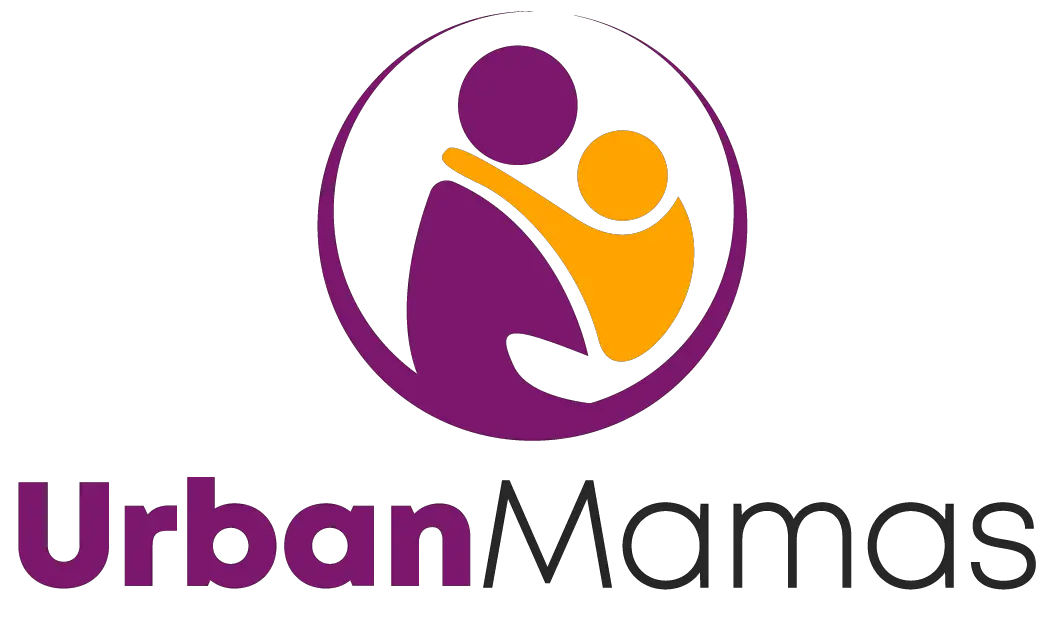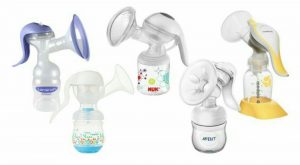Table of Contents
Introduction
For every mother that has decided to breastfeed their baby, a breast pump is a priceless tool for them. Thus the breast pump isn’t just for working moms, but for moms who wish to have good night rest, a breast pump could become a boon.
Breast pumps are made to extract milk from a nursing mother’s breast to store against future use. It’s also for feeding multiple babies or so that another person, typically, the partner or spouse, can feed the baby in the mother’s absence.
In certain cases, breast pumps can also be needed to sustain breast wellbeing by holding milk ducts clean or by soothing flat or nipples that are inverted. Breast pumps are considered medical equipment and are regulated by the Food and Drug Administration (FDA). Breast pumps function as single or double pumps and are operated manually by pressing a control or lever for suction or by using a battery or a power outlet. The type of breast pump will largely dictate the long term battery life.
What is the Typical Cost of a Breast Pump?
The least expensive type of breast pump is the manually operated ones. These single breast pumps cost anywhere from $20 to $60. Simultaneously, the single battery-operated or electric-powered breast pumps cost anywhere from $40 to $185. For double or dual breast pumps that function with electricity, you can get it for $60 to $3500, although some provide the option for battery operation.
Hospitals and medical equipment shops often rent breast pumps. These are explicitly designed to reduce the risk of infection between renters. In considering hygiene, individual renters are expected to procure their bottles, bags, tubing and breast shields collection kit.
The FDA suggests that only breast pumps of the highest standards can be circulated safely. The cost of renting breast pumps is about $40-$65 per month, while the required collection kit is around $50. Most hospitals need a deposit of between $50 and $200.
What Must Be Included?
All breast pumps must come with a breast shield, according to a report released by the FDA. The shield is a cup that has the shape of a cone which fits over the nipple and areola. The breast pump should also have a pumping mechanism, whether manual or electric, that creates a vacuum for milk extraction. The milk is then transferred through a plastic tube into the milk collection case.
The container can either be in the form of a bag or bottle and is usually detachable. Furthermore, single breast pumps include one or two bottles or bags, while a double pump generally has two or four bottles or bags. For electric breast pumps, they must always include an AC adapter. The HHS (Health and Human Services) department provides information regarding breast milk storage in bottles, containers, and storage bags.
Additional Costs
For an additional storage container, you can get them for $1 to $3 each. Also, they are sold in packs of 4, 6, 10, or 12. Moreso, storage bags are not that expensive and can be bought for pretty much less than $1 per bag. There are also products for breast shields, bottles, and nipple sterilization. The ones designed to be used in the microwave for speed and convenience cost anywhere between $18 to $30.
Breast Bump Discounts
Few healthcare plans can fund or partly cover breast pumping supplies, so please consult with your provider before purchasing. Many states offer loans to low-income mothers to buy breast pumps through the Women, Infant and Children’s Special Supplementary Nutrition Service (WIC). A state-by – state list of WIC schemes is issued by the United States Department of Agriculture.
Shopping For Breast Pumps
There are Roughly 85 FDA-approved breast pumps are available in the market and also available in stores such as Wal-Mart, Target, and Babies R Us, as well as online stores like Amazon, Drugstore.com, and Babycenter.com. Breast pumps are also available in hospitals. The FDA maintains an online list of all licensed breast pumps, including the manufacturer’s name and the date of approval of the product. Some manufacturers’ websites, such as Medela, also provide useful purchasing guides, and the Mayo Clinic and BabyCenter.com guide how to find the ideal breast pump.
However, before you purchase a breast pump, always confirm the return policy of the shop. Some stores would not accept the return of a breast pump and its components due to health reasons. In the case of other consumer goods, kindly check for recalls. Thus since the FDA approves breast pumps, you can check the FDA site for recalls.
The FDA advises moms not to buy breast pumps that have been used. Breast pumps which are not hospital-standard cannot be washed and disinfected safely and can contain viruses spread by breast milk, such as HIV (AIDS) and cytomegalovirus (CMV). The act of sharing breast pumps or buying a used pump can also breach the manufacturer’s warranties. Do well to review the FDA Online Shopping Guide for details on the purchasing of medical items.
A February 2008 report by the Healthy Markets Working Group, a coalition of 17 community health and environmental groups, addressed the topic of plastic infant milk containers. The study states that (BPA) bisphenol A, a raw materials used to produce plastics, can leak out. BPA was correlated with early-onset puberty, cancer, obesity, and some other abnormalities in animal research. It is recommended to go for baby bottles made of glass or plastic bags made of polyethylene or switching to bottles made with polypropylene and numbered # 5 and offered in creamy colours instead of plain.
Does Health Insurance Cover The Cost Of Breast Pumps?
Signing up for a healthcare law is the first step towards breast pump insurance coverage. Under the Affordable Care Act, insurance plan should cover the price of a breast pump; nevertheless, if your current plan was taken before the start of the decade (2010), which was when the Affordable Care Act came into effect. Your provider doesn’t have to comply with the requirements.
Find out more on how much a breast pump cost here.
Conclusion
Purchasing a breast pump at an affordable rate is half the battle. It would be best if you did your due diligence to ensure that the breast pump you’re purchasing is of the right quality and FDA approved, you’ll be throwing money away, and you also stand the risk of infection. We recommend going through the manufacturer’s site and the information on the FDA’s website to help you purchase the right breast pump and at a reasonable rate too.

